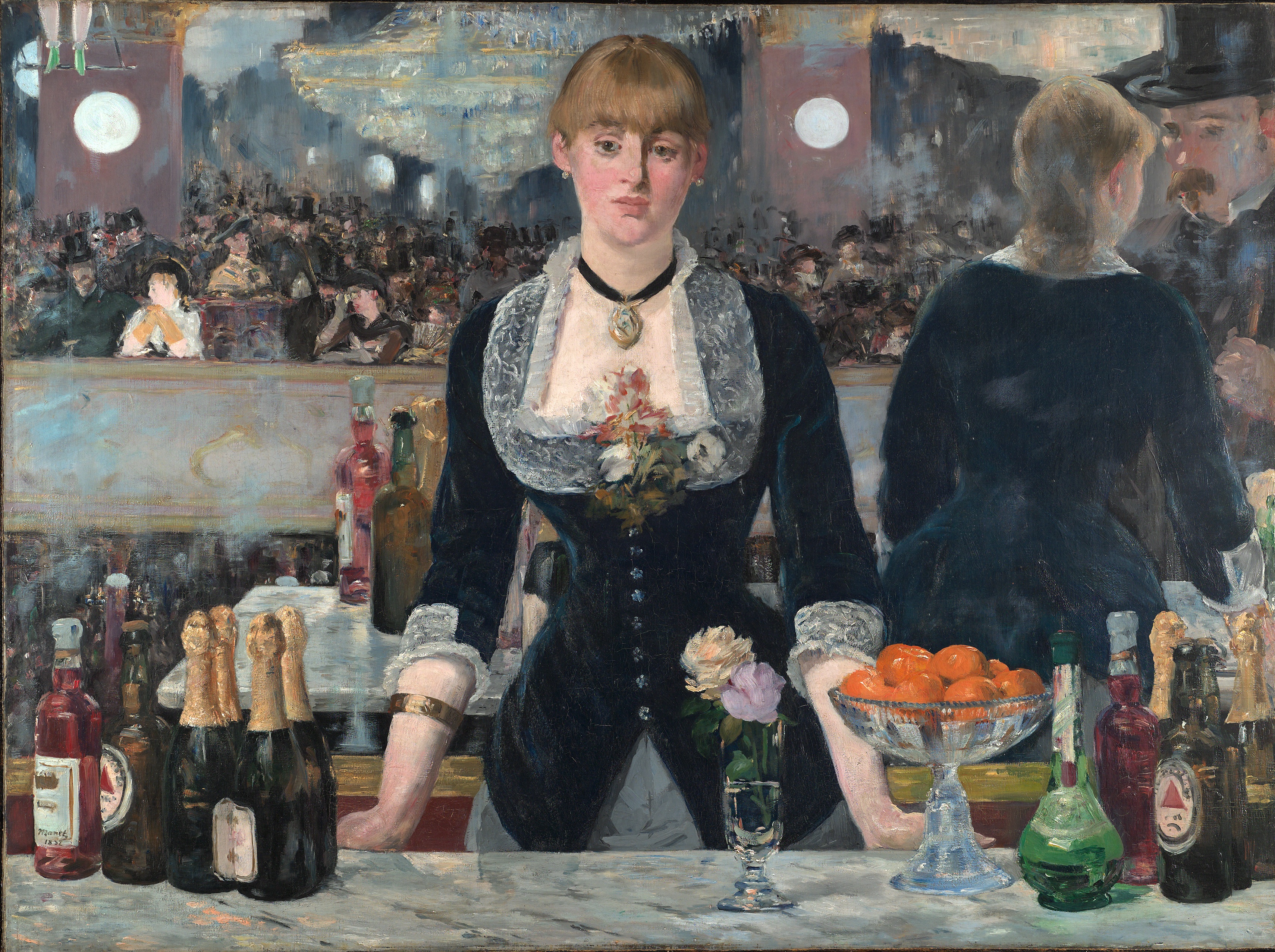JEFF WALL
Jeffrey "Jeff" Wall, OC, RSA (born September 29, 1946) is a Canadian artist best known for his large-scale back-lit cibachrome photographs and art history writing. Wall has been a key figure in Vancouver's art scene since the early-1970s. Early in his career, he helped define the Vancouver School and he has published essays on the work of his colleagues and fellows. (Vancouver School: photographs of high intensity and complex content that probed, obliquely or directly, the social force of imagery. No formal "school" exists and the grouping remains both informal and often controversial even amongst the artists themselves, who often resist the term).
Wall was influenced by Manet, Velazquez, Hokusai, Kafka, Mishima, Delacroix, Ellison, and according to Susan Sontag (Regarding the Pain of Others) he was also influenced by Goya when making Dead Troops Talk.
Wall can be considered as a modern Pictorialist photographer (like Stieglitz) as his works are mainly constructed, consciously set up to show a theatrical and dramatic scenes, precisely like in the case of Dead Troops Talk. Even works such as Destroyed Room and A Sudden Gust of Wind are entirely set, designed, organized, and inspired by previous artworks, such as Hokusai.
Wall has created works that locate their action at the threshold between the self-evident and the nonsensical, seeking to enrich and expand our attention toward the specific properties of photographic experience. His gnomic titles and deceptively straightforward compositions combine to raise a multitude of questions, for which the recalcitrant stillness of a photograph can provide no conclusive answer.
“In my time, I’ve been accused of being afraid to go out into the world to take pictures, like a so-called ‘real’ photographer does, and I’ve been accused of making art with a capital A – as if that, too, was a crime.” Jeff Wall.
In 1978, he exhibited The Destroyed Room in the window of the Nova Gallery in his home town Vancouver. Inspired by Delacroix’s painting The Death of Sardanapalus (1827), it showed a spectacularly dishevelled bedroom that was like the scene of a violent row or a crime, with clothes scattered everywhere and the furniture, doors and walls destroyed. Back then, inspired by garishly backlit street adverts he saw at bus stops in Madrid while returning from the Prado, his colour transparencies were meticulously choreographed and mounted in vast light-boxes.
 |
| Jeff Wall, Dead Troops Talk, 1992 |
 |
| Hokusai, Travelers caught in a sudden breeze at Ejiri, 1832 |
| Jeff Wall, A Sudden Gust of Wind, 1993 |
| Delacroix, The Death of Sardanapulus, 1827 Jeff Wall, Destroyed Room, 1978 |
| Jeff Wall, Picture for Women, 1979 |
 |
| Edouard Manet, Un bar delle Folies Bergere, 1881 |
| Jeff Wall, Milk, 1984 |
No comments:
Post a Comment